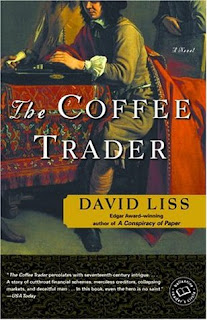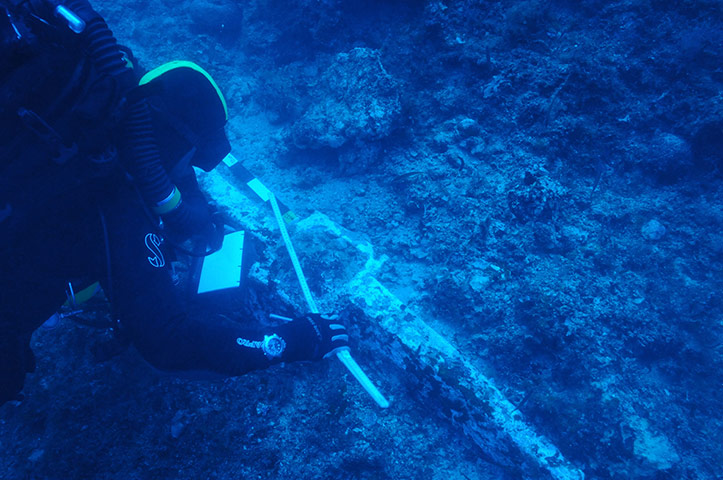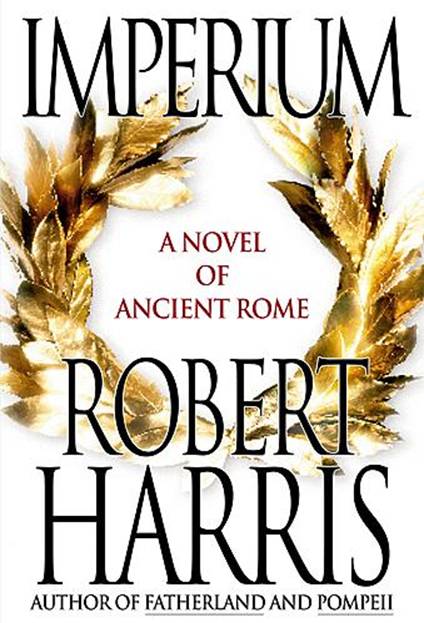 |
| The Coffee Trader by David Liss |
I waited a long time to
read this book. It sat on my 'to read' list for a year or so and I
took it off, put it back on, never quite sure if I wanted to fit it
into my reading schedule.
While I am pleased to
have finally conquered the book, finally got it read, I was bitterly
disappointed by it.I don't know if it was the great cover or not (as I have always regarded the cover of this edition as one of my favourites even before meeting the book in the flesh), but I really expected much more poetry in the writing style. A much better prose work offering than what I got.
Perhaps even more passion and animation in the writing too.
And yet, having read
this book as a Group Read with others, I discovered that not everyone
felt the same as I about the boring nature of the book, so I
certainly would not ever discourage anyone from reading it.
I did give it 3 stars
of 5 and to me that means 'I liked it and nearly enjoyed it' which I
kind of didn't so I should be giving it 2. However, after giving it
much thought, I decided that 3 stars because I liked it enough to get
through it
and not give up on it. I found a story within its pages that was
mildly entertaining. So 3 star it is.The day I started this book I brewed myself a pot of coffee, wanting to make the reading experience broader than just the act of reading words on pages. And it worked for a while as the book gets off early with your protagonist, Miguel, a broke, womanising, sex obsessed (don't expect lots of sex scenes though, just references to women he sees and women he has 'done') trader being introduced to coffee for the first time.
It takes a while to come back to the Coffee as the story moves into character developments and the strange and the unexpected presence of a memoir called The Factual and Revealing Memoirs of Alonzo Alferonda.
I was ambling along, quite liking the story early on. Getting my head into this Amsterdam world, when hold the bus, everything stops and the book completely changes style to include a first person narrative from the memoir mentioned above. I honestly think that if I had known they were coming I would have been better prepared and I would not have lost my connection with the book.
Not everyone has
trouble with sudden changes like that. Where there is actually two
books in the one. Others I read this book with did not have the issue
I had and they admit to finding the Memoir was the best part of the
book. Whereas I regarded them as the worst. They got in my way.
Shattered the Amsterdam world I had been building in my head.
The book goes on to be full of bitter, twisted plots and back stabbing. Manipulations and ulterior motives. It all got a little much for me and I started craving some pleasantness. Some smiling faces and well meaning interactions. But that is not what this book is about.
Think a book full of Edmund Dantes in Count of Monte Cristo and you might be close to what was going on here. All the characters are plotting and planning and scheming.
But I guess when you
have an environment where there is big overnight profit to be made.
Where people can be filthy rich in a matter of days on the backs of
others, you will always have this kind of atmosphere and they are
atmospheres that I am not comfortable with.
I have to tell you not to base your choice to read The Coffee Trader off my opinion. People's opinions on this book are so diverse that I honestly believe that you must ignore others - to a certain degree - and try it for yourself with a mind totally unobstructed by other peoples opinions.
Which is how we should go into every book that we read, only where would be the fun in that!
Which is how we should go into every book that we read, only where would be the fun in that!
- MM









